Table of Contents
What Is Dukkah Seasoning?
Dukkah is an ancient Egyptian spice blend made from toasted nuts, seeds, and aromatic spices. It delivers a nutty, earthy flavor with subtle spice notes and is used to enhance bread, meats, vegetables, and dips. This guide covers everything you need to know: how to use it, where to buy it, and how to make your own.
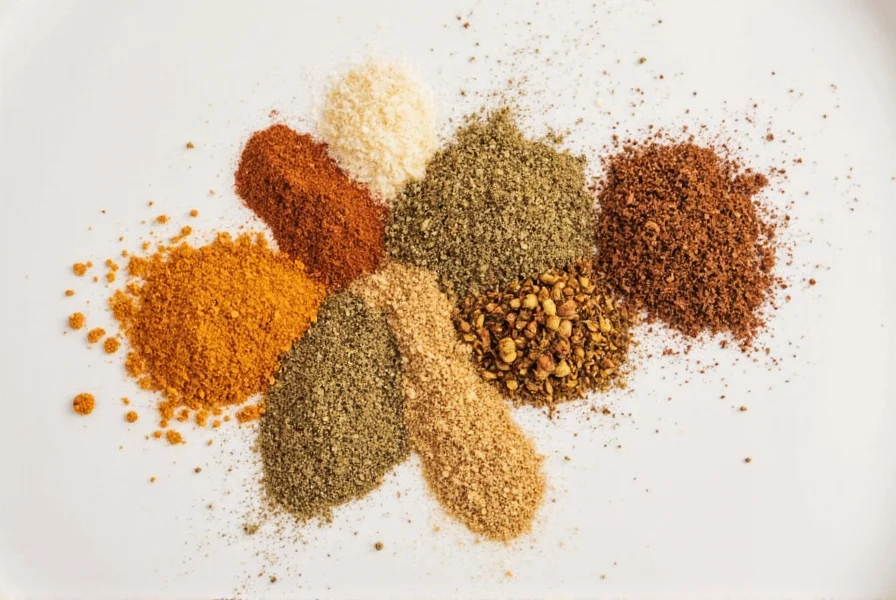
Key Ingredients & Origins
Dukkah (pronounced "dukk-ah") originates from Egypt. The name comes from the Arabic word "dukk" meaning "to crush," referring to the traditional grinding process. Core ingredients include:
- Nuts: Almonds, hazelnuts, or pistachios (toasted for depth)
- Seeds: Sesame, coriander, cumin, and fennel
- Spices: Black pepper, salt, and sometimes chili flakes or sumac
Authentic dukkah has a coarse texture—never powdery. Modern variations add herbs like parsley or dried citrus for freshness.

Nutritional Benefits
Beyond flavor, dukkah offers health advantages:
- Healthy Fats: Nuts provide monounsaturated fats for heart health
- Protein Boost: 2 tablespoons contain 3-4g plant-based protein
- Minerals: Sesame seeds supply calcium and iron; cumin aids digestion
- No Additives: Unlike commercial spice blends, authentic dukkah contains no preservatives or artificial flavors
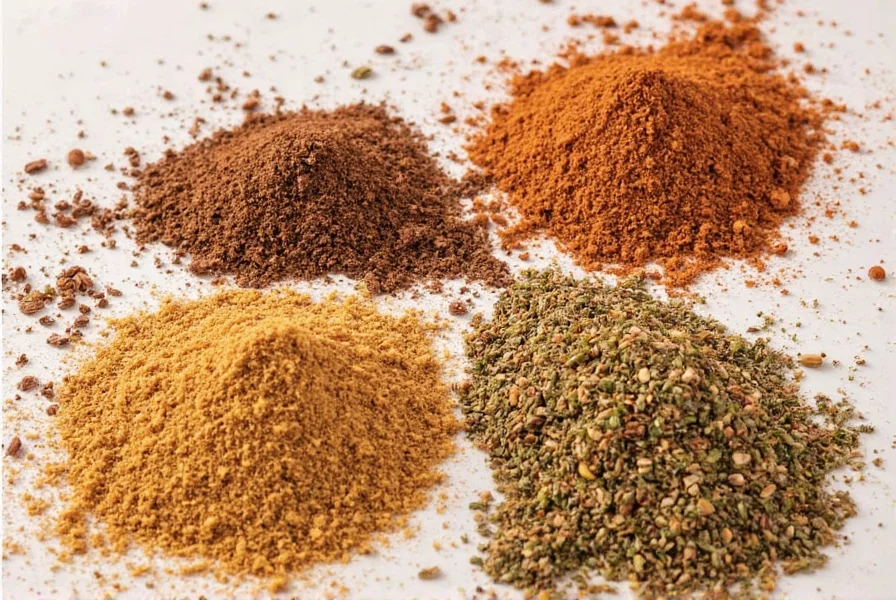
5 Best Ways to Use Dukkah
Maximize flavor with these practical applications:
- Bread Dip: Mix 1 tbsp dukkah with 2 tbsp extra-virgin olive oil. Dip warm crusty bread for an instant appetizer.
- Protein Crust: Press onto chicken, fish, or tofu before baking/grilling for crispy texture.
- Hummus Topping: Sprinkle over hummus with a drizzle of olive oil and za'atar for Middle Eastern flair.
- Roasted Veggies: Toss with cauliflower or sweet potatoes before roasting for caramelized crunch.
- Egg Enhancer: Add to scrambled eggs or sprinkle over avocado toast for savory depth.
Pro Tip: Always add dukkah after cooking to preserve its texture and aroma. Heat destroys delicate nut oils.
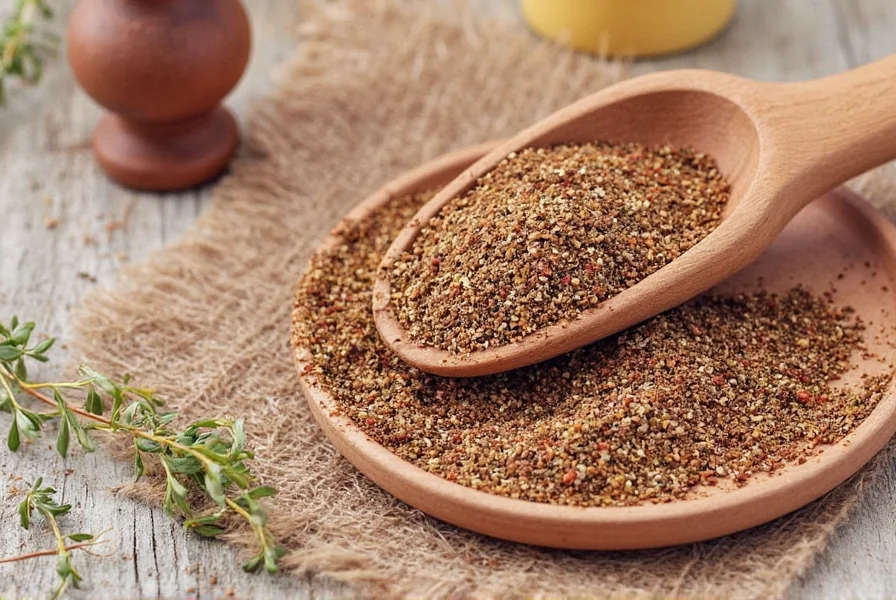
Where to Buy & Top Recommendations
| Product Type | Where to Buy | Price Range | Key Features | Best For |
|---|---|---|---|---|
| Traditional Egyptian | Amazon, Middle Eastern grocery stores, World Market | $8-$15 | Almonds, sesame, coriander, cumin | Bread dipping, roasted vegetables, hummus |
| Herb-Infused | Whole Foods, specialty online retailers | $12-$18 | Parsley, dill, lemon zest | Seafood, salads, grain bowls |
| Spicy Variant | Amazon, local spice shops | $10-$16 | Chili flakes, smoked paprika | Grilled meats, pizza toppings, roasted potatoes |
Frequently Asked Questions
What is dukkah seasoning good for?
Dukkah enhances both savory and simple dishes: sprinkle on bread with olive oil for an instant appetizer, use as a crust for proteins, mix into dips like hummus, or add to roasted vegetables. Its nutty, aromatic profile works with almost any food without overpowering it.
How do I use dukkah to boost flavor in my cooking?
For maximum flavor impact: 1) Apply as a finishing touch after cooking to preserve texture 2) Mix with olive oil for bread dips 3) Press onto meats before searing for a crust 4) Stir 1 tsp into soups/stews in the last 2 minutes 5) Add to salad dressings. Avoid cooking dukkah directly—heat diminishes its complexity.
Can I make my own dukkah seasoning at home?
Yes! Toast 1/2 cup almonds, 2 tbsp sesame seeds, 1 tbsp coriander seeds, and 1 tsp cumin seeds until fragrant. Cool, then pulse in a food processor until coarsely ground (not powdered). Add salt to taste. Store in an airtight container for up to 2 months. Customize by adding chili flakes for heat or dried herbs for freshness.
How should I store dukkah seasoning to keep it fresh?
Due to nut oils, store in an airtight container in the refrigerator for 2-3 months or freezer for 6 months. Always use a dry spoon to prevent moisture. Discard if it smells rancid or loses aroma. Proper storage maintains texture and prevents spoilage.
Is dukkah seasoning spicy?
Traditional dukkah isn't spicy—it's nutty and earthy with warm spices. Spicy versions contain chili flakes or cayenne. Check ingredient lists if sensitive to heat. Homemade dukkah lets you control spice levels: omit chilies for mild versions or add 1/4 tsp cayenne for heat.
What dishes pair best with dukkah seasoning?
Dukkah complements: 1) Middle Eastern dishes (hummus, falafel, baba ganoush) 2) Grilled chicken, lamb, or fish 3) Roasted vegetables (eggplant, zucchini, sweet potatoes) 4) Eggs (scrambled, omelets) 5) Avocado toast and fresh salads. It also enhances unexpected pairings like roasted fruits and certain cheeses.
Final Tips
Dukkah transforms ordinary meals with minimal effort. Start with the classic almond-sesame blend for bread dipping, then experiment with spicy or herb-infused varieties. Remember: always add after cooking to preserve its signature texture and flavor. With its nutritional benefits and versatility, dukkah deserves a spot in your pantry.
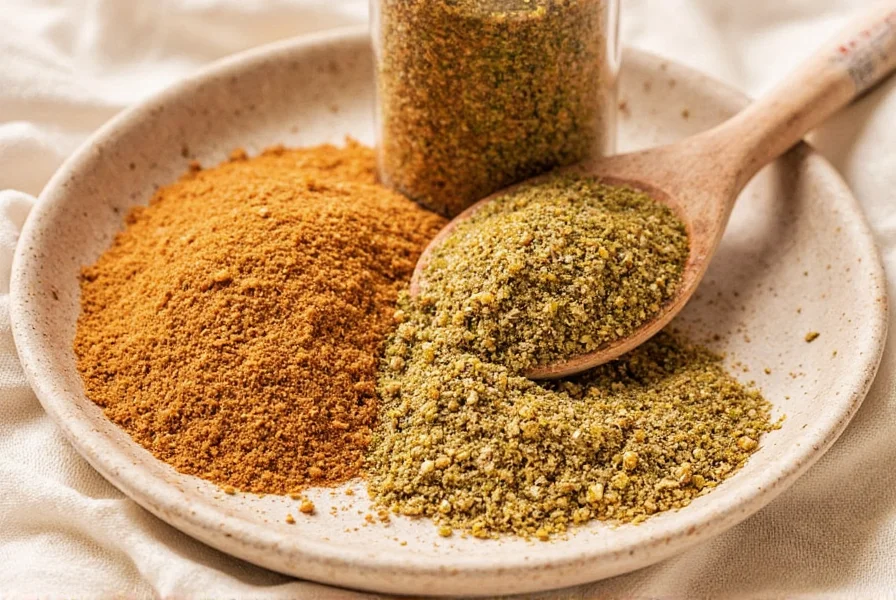
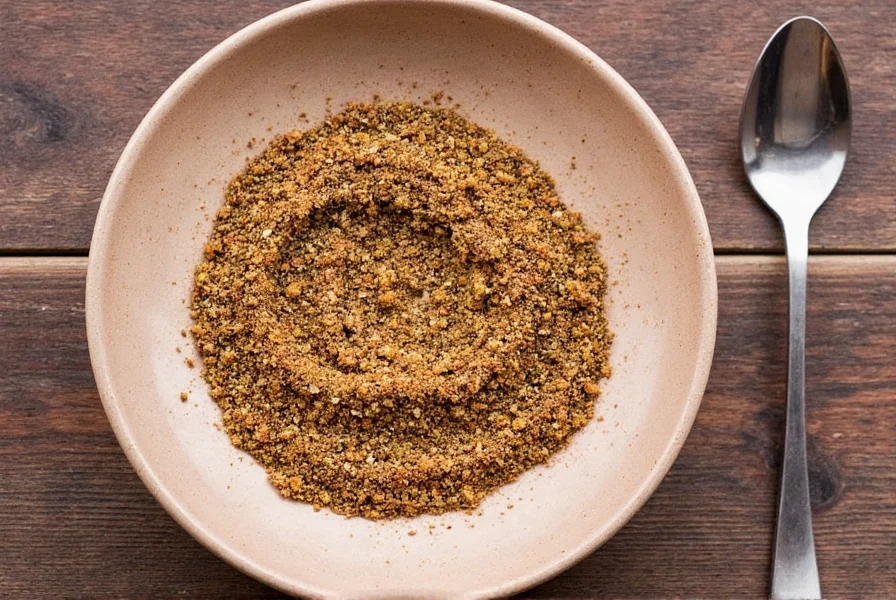
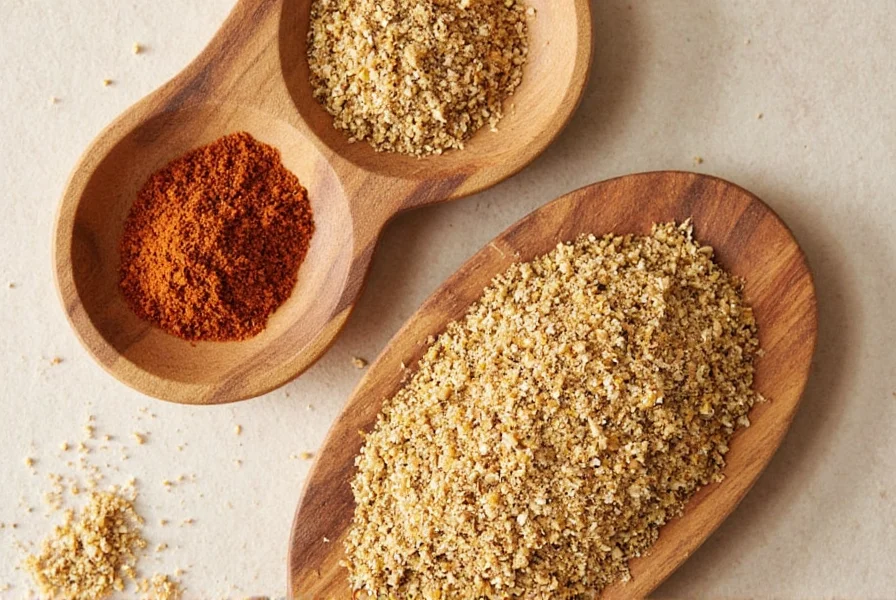


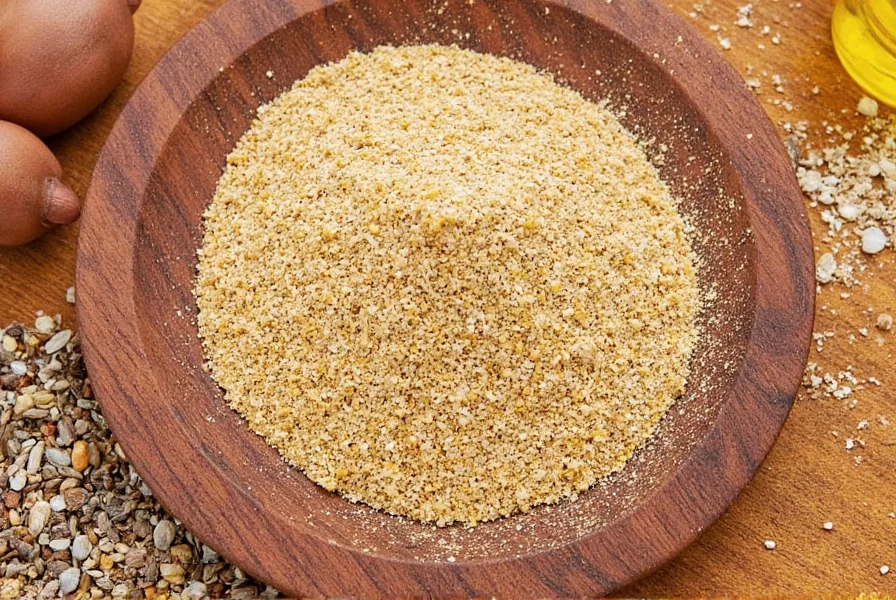









 浙公网安备
33010002000092号
浙公网安备
33010002000092号 浙B2-20120091-4
浙B2-20120091-4